By_Suraj Karowa/ ANW

Dhaka, Bangladesh – October 20, 2025 – In a catastrophic blow to one of the world’s most vital apparel supply chains, a ferocious fire tore through the cargo terminals of Hazrat Shahjalal International Airport in Dhaka on Saturday, October 18, razing an estimated $1 billion worth of urgent shipments. The inferno, which forced the suspension of all flights and left a trail of smoldering wreckage, has plunged Bangladesh’s garment exporters into crisis mode just as the peak export season kicks into high gear.
Eyewitnesses described a hellish scene: thick plumes of black smoke billowing skyward, engulfing the tarmac where passenger planes sat idle. Firefighters battled the blaze for hours, their efforts hampered by the sheer volume of highly flammable materials stored in the import cargo village – a bustling hub that processes over 600 metric tons of dry cargo daily, doubling during the critical October-to-December window. By Sunday morning, the acrid stench of charred fabric and melted plastics lingered, as officials in hazmat suits sifted through the debris.

Faisal Samad, director of the Bangladesh Garment Manufacturers and Exporters Association (BGMEA), surveyed the devastation firsthand. “The entire import section has been reduced to ashes,” he told reporters, his voice heavy with disbelief. “We’ve witnessed a scene straight out of a nightmare.” Among the casualties: thousands of bales of raw textiles, finished garments, and irreplaceable product samples airlifted from global suppliers. Inamul Haq Khan, BGMEA’s senior vice-president, emphasized the human cost beyond the dollars. “These aren’t just goods; they’re lifelines for our factories,” he said. “Losing samples means we can’t pitch to new buyers. This could cost us future orders worth millions.”

Bangladesh, the globe’s second-largest apparel exporter after China, relies on this sector for 84% of its total exports, generating $47 billion annually and employing four million workers – mostly women in sprawling factories on the outskirts of Dhaka and Chittagong. Major retailers like Walmart, H&M, and Gap depend on its just-in-time deliveries of fast fashion. The fire’s timing couldn’t be worse: with holiday orders surging, factories were already stretched thin, racing against deadlines for Black Friday and Christmas rushes. “Every day, 200 to 250 factories ship by air,” Khan noted. “The ripple effect? Delayed shipments, furious clients, and potentially billions more in lost revenue if we can’t reroute fast.”
The blaze originated in the cargo import area around 2 p.m. local time, spreading with alarming speed through interconnected warehouses. Airport authorities evacuated the premises swiftly, averting injuries, but the economic fallout is profound. Preliminary assessments peg direct losses at $1 billion, though insurers warn the figure could climb as inventories are tallied. Urgent air shipments – prioritized for speed over sea freight’s sluggish pace – bore the brunt, including synthetic fabrics from China and dyes from India essential for quick-turnaround production.
As smoke cleared on Sunday, investigators from the Civil Aviation Authority of Bangladesh (CAAB) cordoned off the site. The cause remains elusive: electrical short circuits from overloaded systems? Faulty wiring in aging infrastructure? Or something more sinister? This marks the third major fire in Bangladesh this week alone, fueling speculation of arson amid the country’s volatile political climate. On Tuesday, a blaze at a Dhaka garment factory and adjacent chemical warehouse claimed 16 lives, injuring dozens more in a toxic inferno. Two days later, flames gutted a seven-story facility in Chittagong’s export processing zone, halting production lines indefinitely.
Government spokespeople have dismissed sabotage claims but vowed a “thorough probe.” In a statement, the Home Ministry urged calm: “No act of criminality or provocation will disrupt public life or our economic momentum. Security services are on high alert.” Yet, whispers of foul play persist. Labor unrest simmers in the garment belt, where workers – galvanized by recent protests over wages and a controversial “July National Charter” – have clashed with authorities in Dhaka’s streets. Protesters, blocking squares and chanting for reforms, argue the charter fails to address core grievances like exploitative conditions and political meddling in unions.
For exporters, the immediate scramble is logistical. With the airport’s cargo operations crippled – repairs could take weeks – shipments are being diverted to Chattogram’s Shah Amanat International Airport, 250 kilometers southeast. But capacity there is limited, and trucking delays through congested roads risk further spoilage of perishable dyes and threads. “We’re looking at a perfect storm,” said Ayesha Rahman, operations head at a mid-sized Dhaka factory. “Sea freight takes 30 days; we need air for samples and emergencies. Buyers won’t wait – they’ll pivot to Vietnam or India.”
The broader implications ripple globally. As supply chains fray, Western brands face stock shortages, potentially hiking prices for consumers already pinched by inflation. In Bangladesh, the stakes are existential: the industry anchors 10% of GDP and props up remittances in a nation grappling with climate woes, from floods to cyclones. Recent headlines underscore the fragility – a typhoid immunization drive for 50 million children battles drug-resistant strains, while Indian border tensions label Bangladeshi Muslims as “infiltrators” ahead of Bihar polls.
BGMEA leaders are rallying for aid. Samad called for government subsidies on alternative shipping and fast-tracked insurance payouts. “This isn’t just our loss; it’s Bangladesh’s,” he implored. Khan echoed the plea: “We need bridges, not barriers, to rebuild trust with international partners.”
As the sun set on Dhaka’s scarred skyline Monday, a resilient spirit flickered amid the ruins. Factory owners huddled in war rooms, sketching contingency plans. Fire crews hosed down hotspots, while engineers sketched blueprints for fireproof upgrades long overdue. In the world’s apparel workshop, the embers of crisis forge a stark reminder: one spark can unravel threads of prosperity woven over decades.
Yet, hope endures. “We’ve bounced back from Rana Plaza, from floods,” Rahman said, referencing the 2013 collapse that killed 1,134. “This fire? It’ll scar us, but not stop us.” For now, the garment heart of South Asia beats on – singed, but unbowed.
Discover more from AMERICA NEWS WORLD
Subscribe to get the latest posts sent to your email.
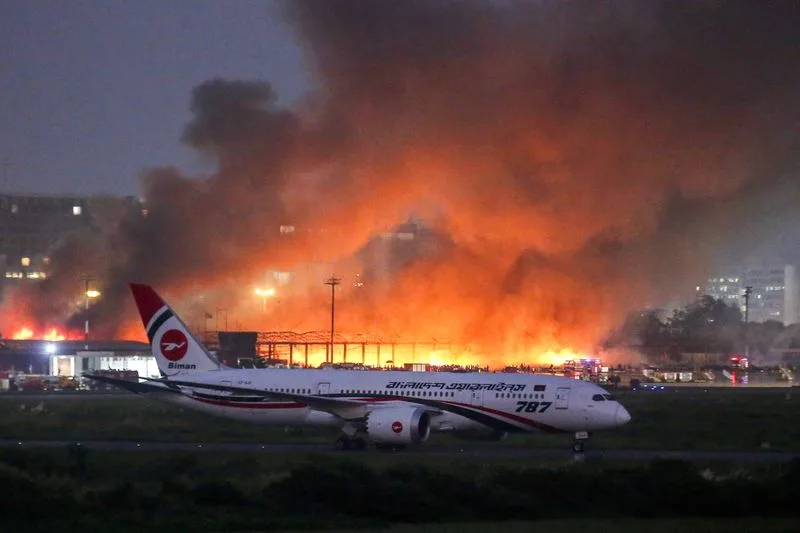

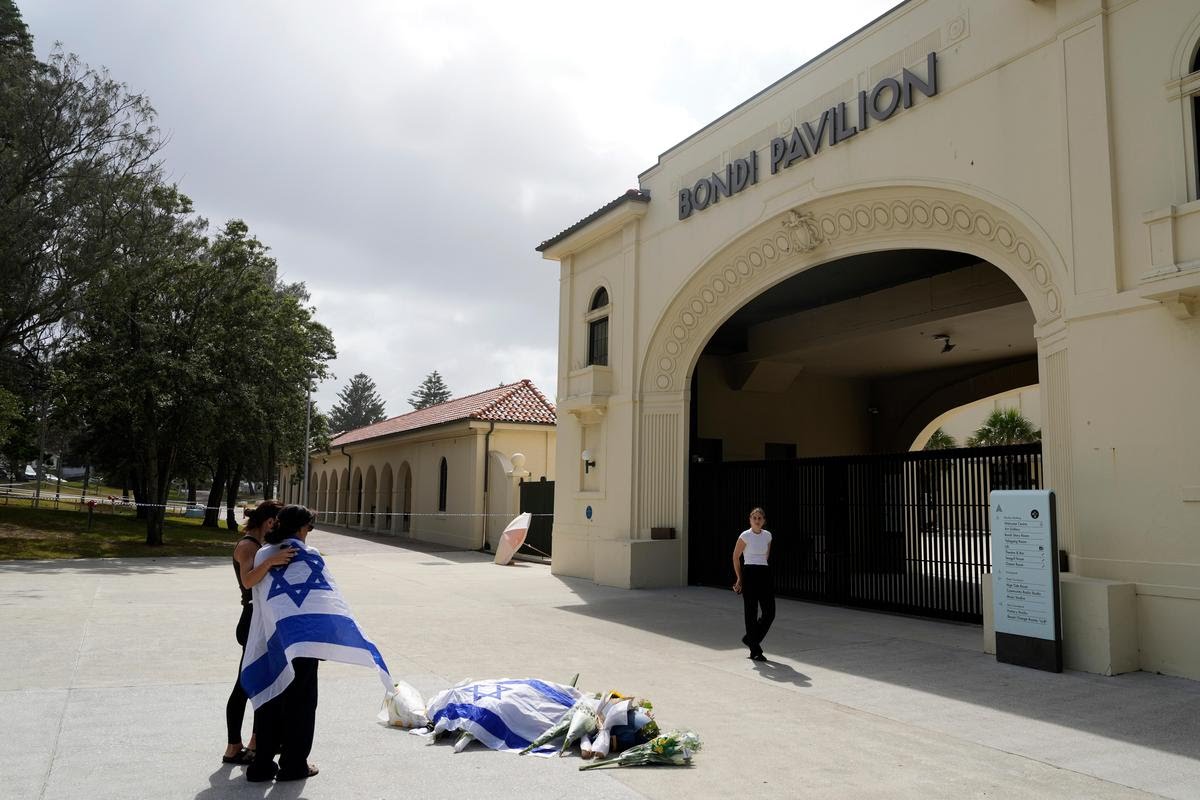

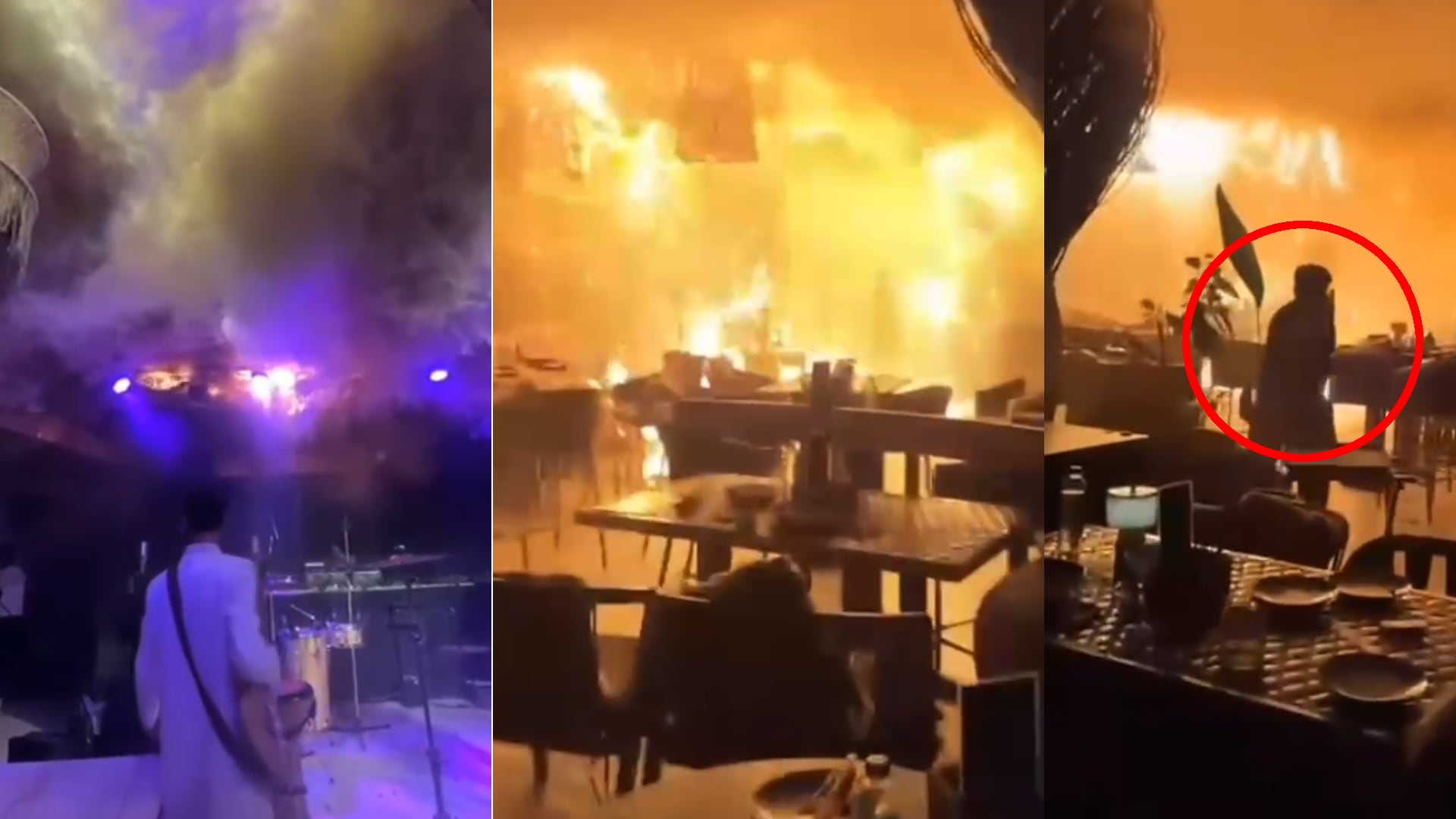
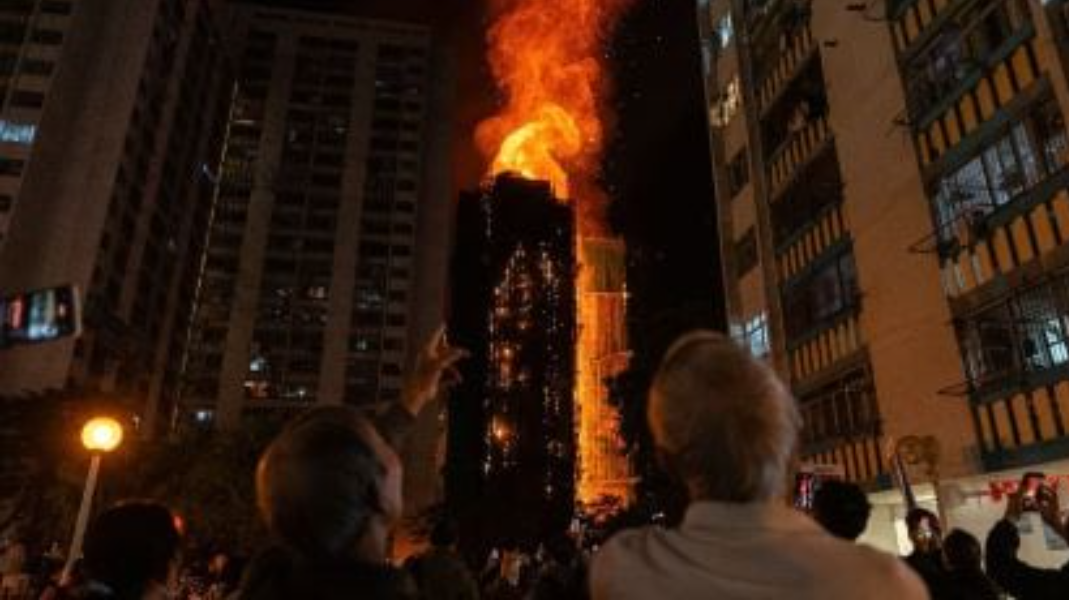
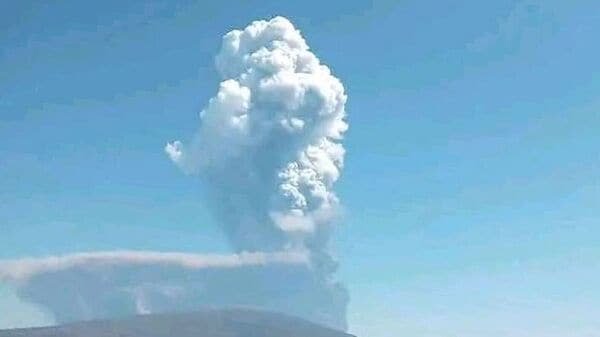
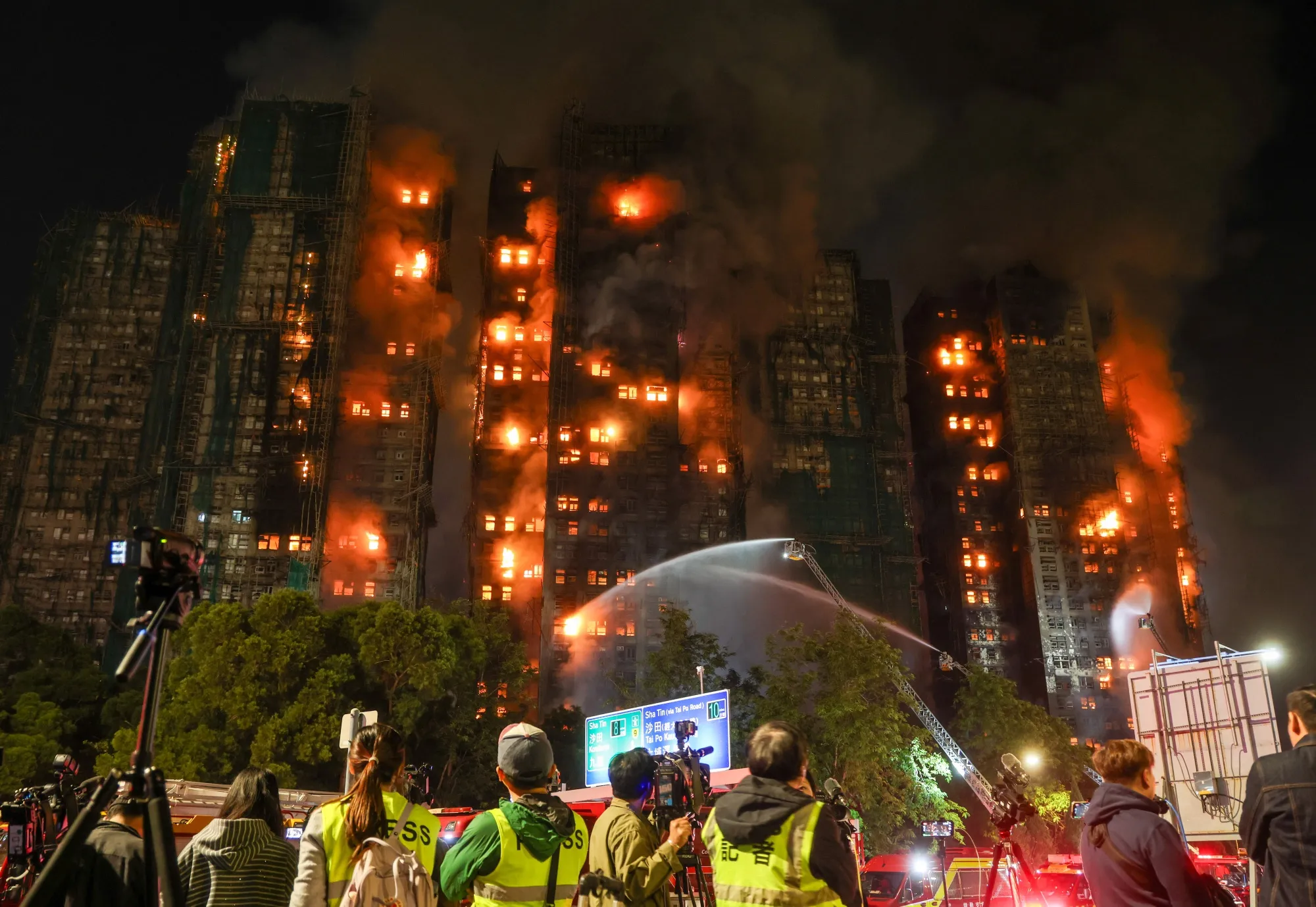
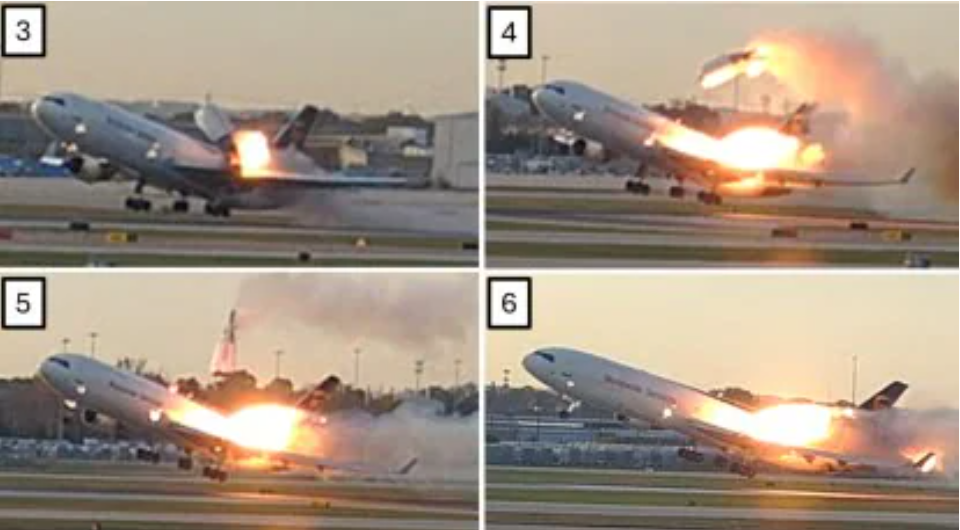

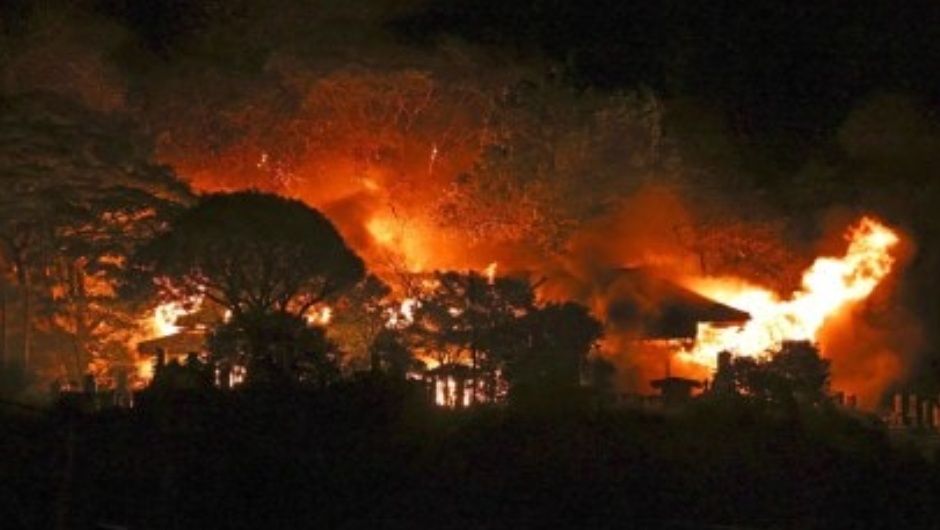





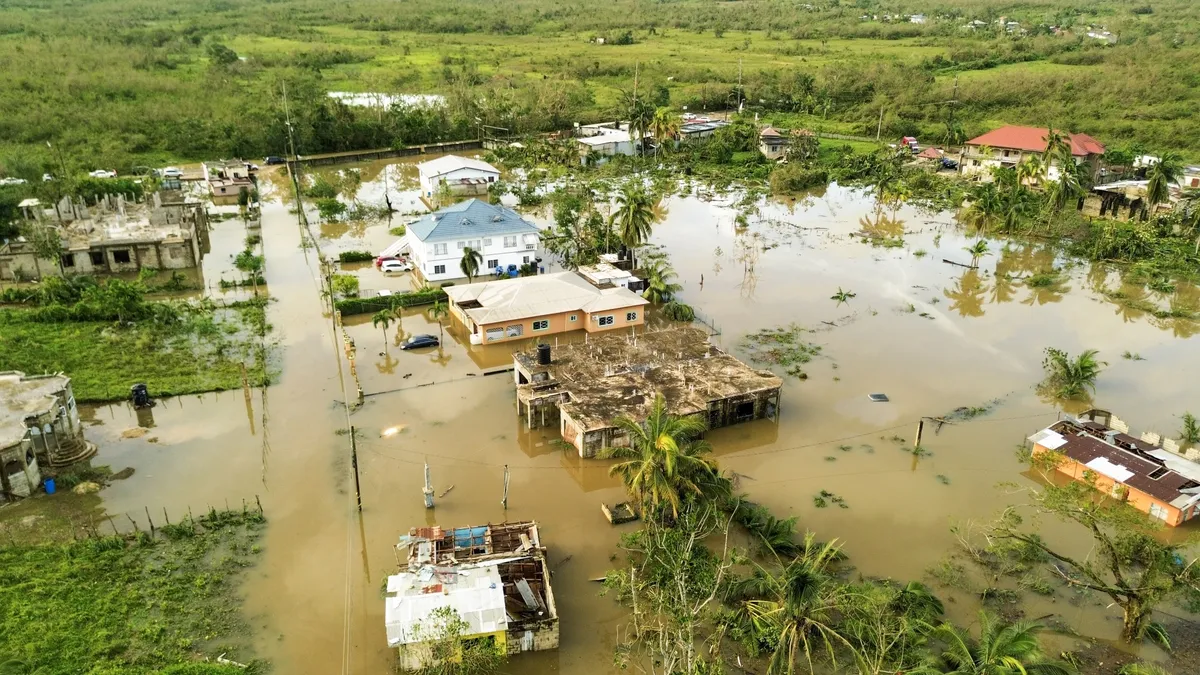
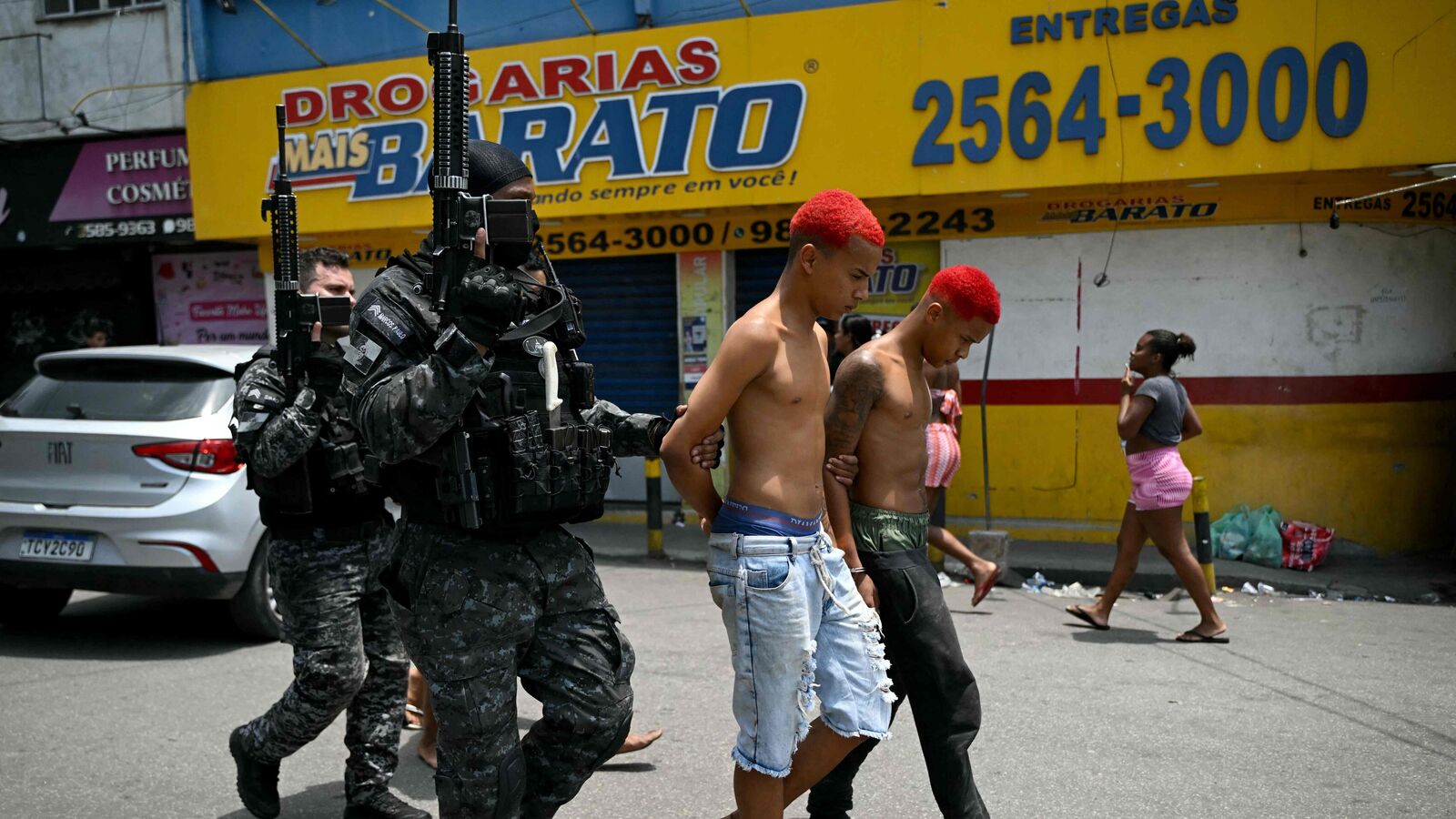
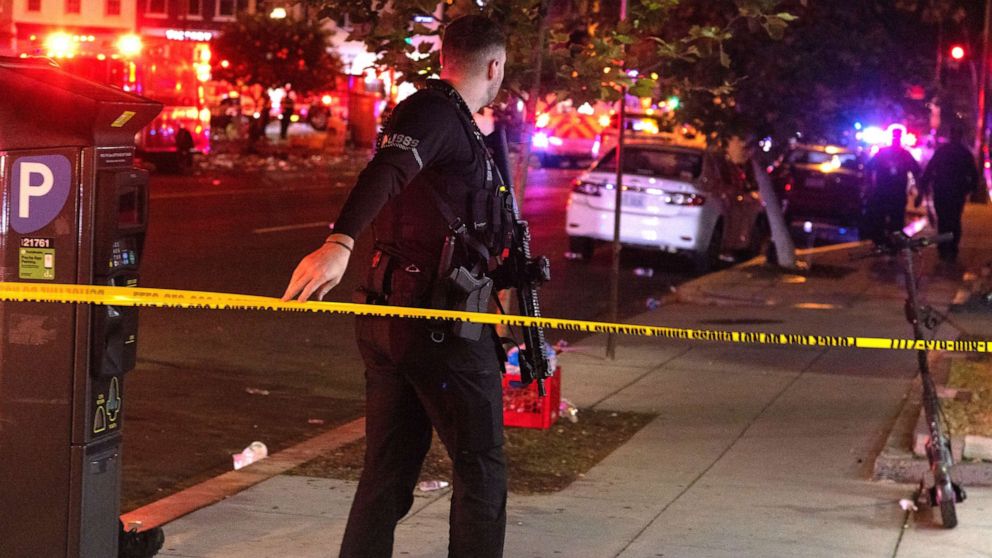

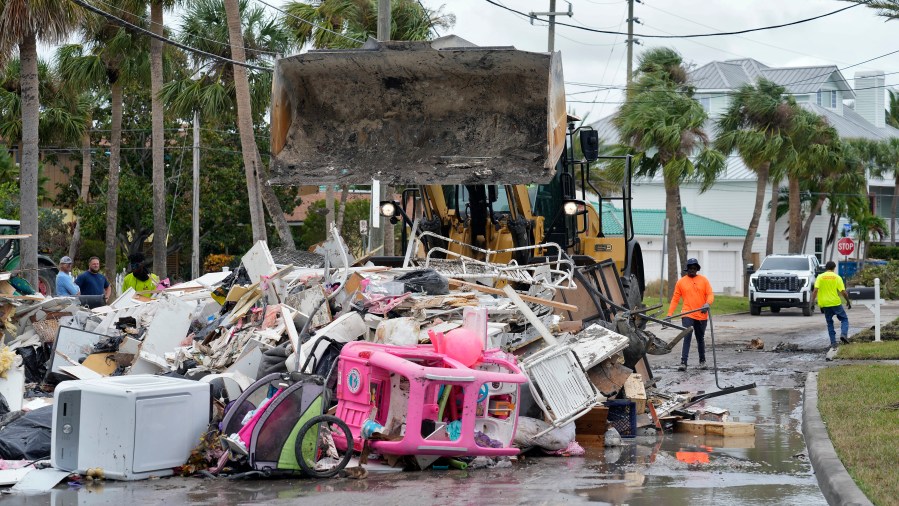
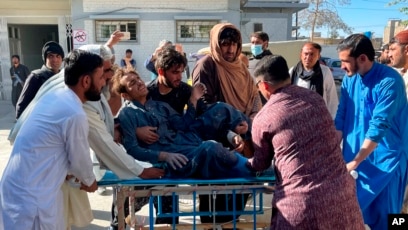
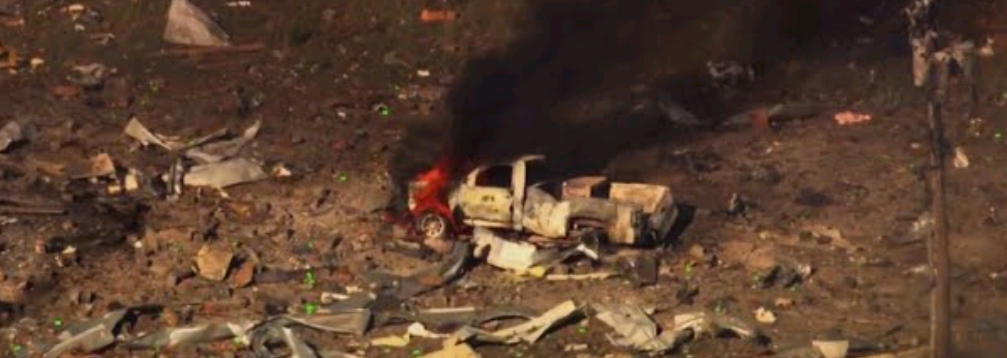
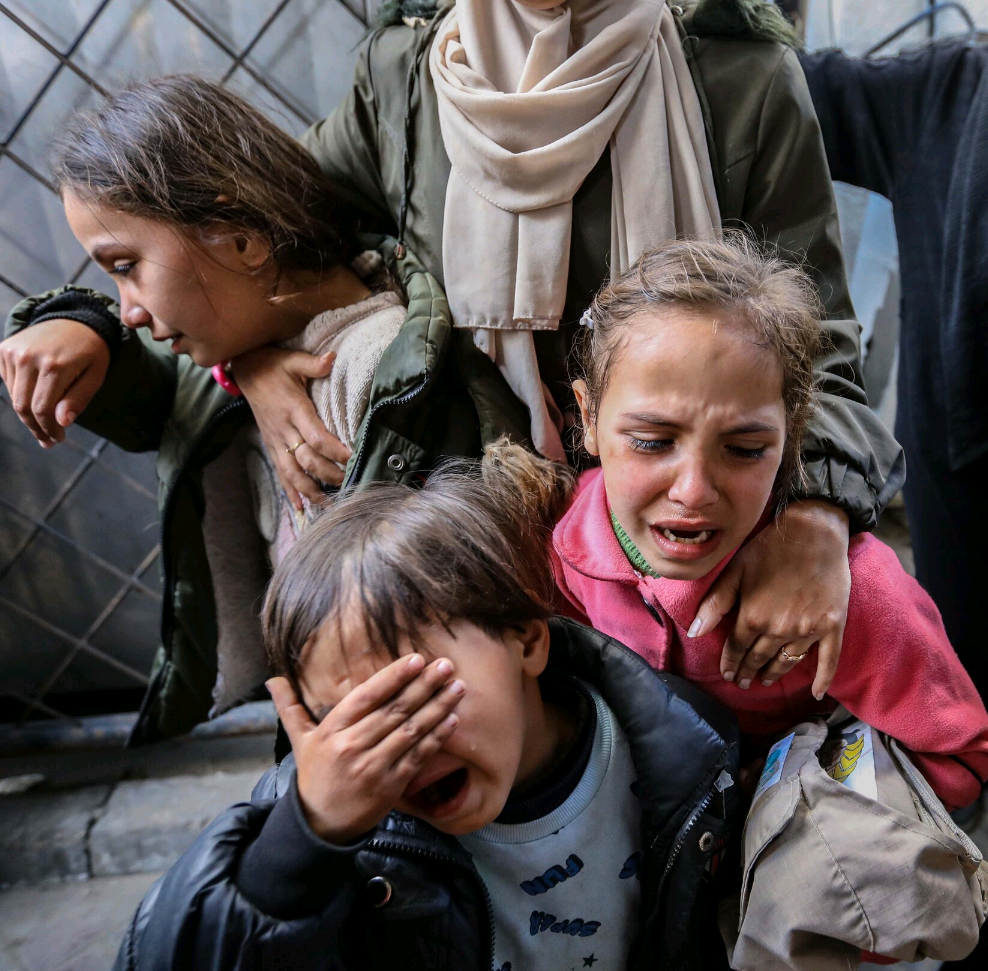
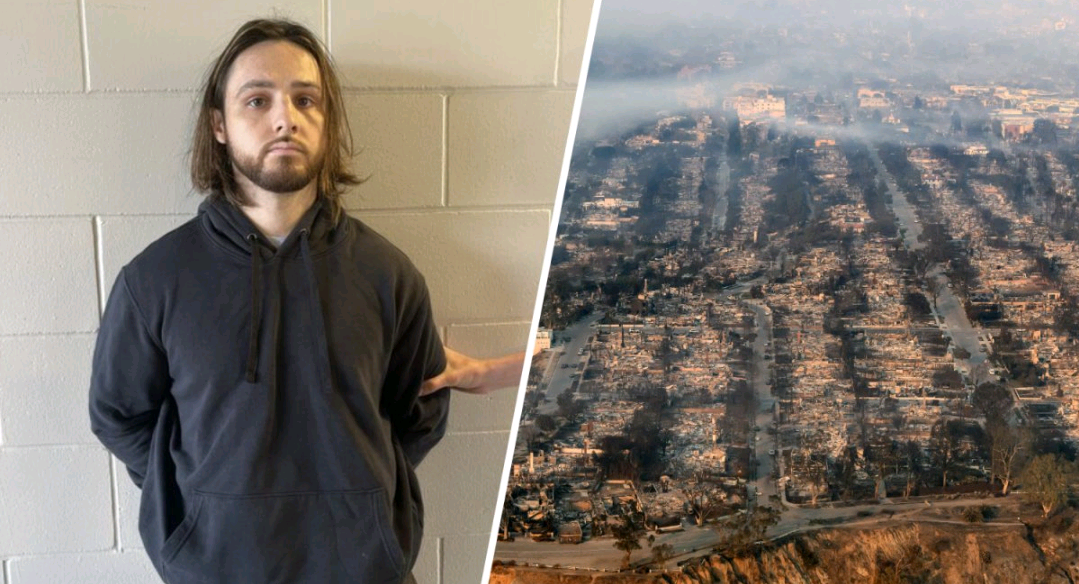
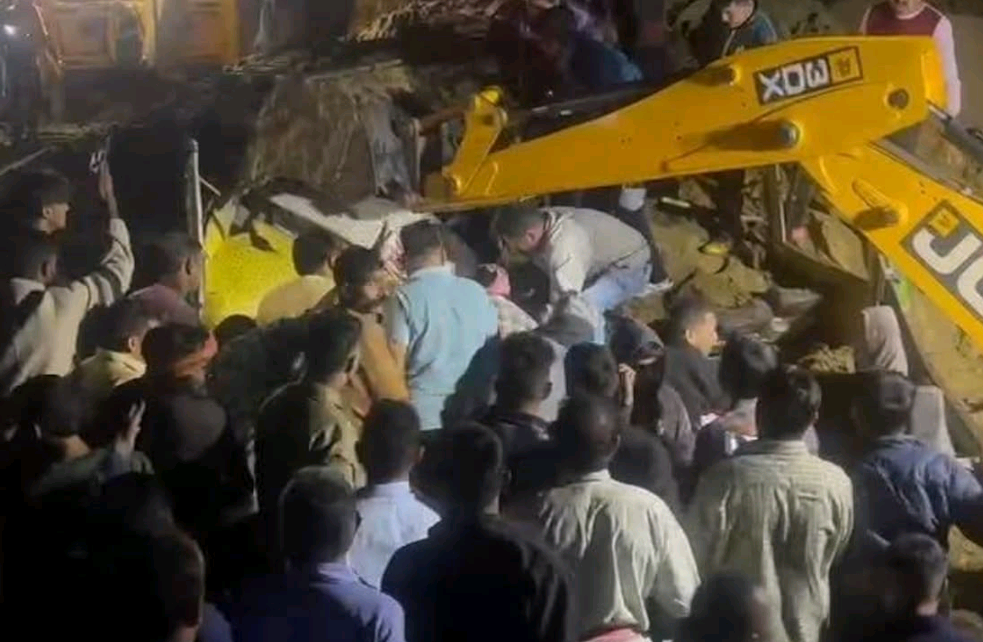

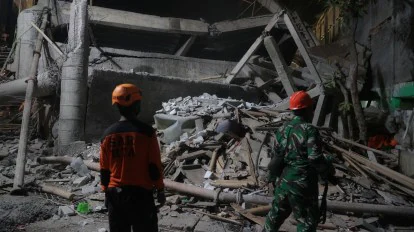
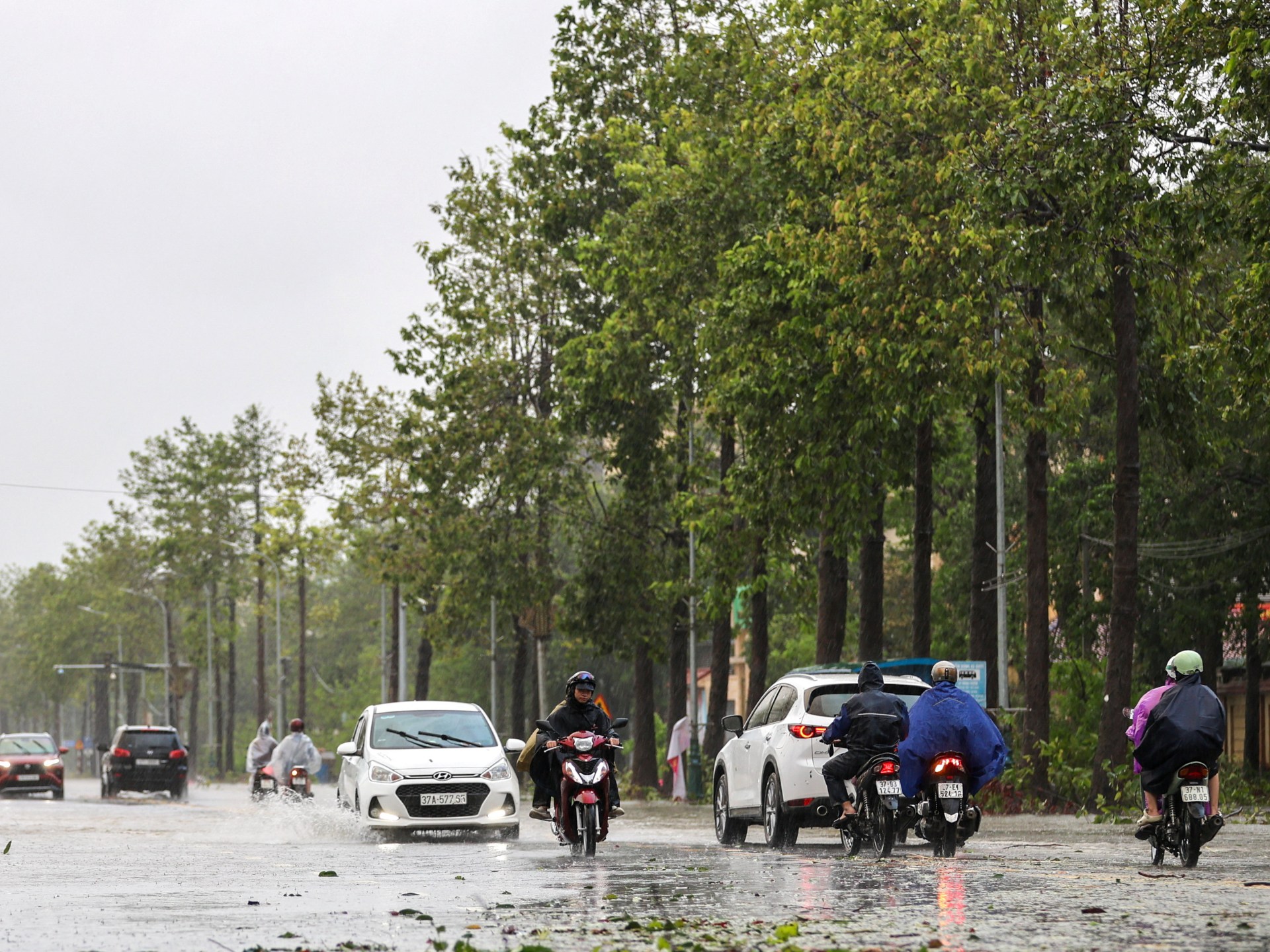
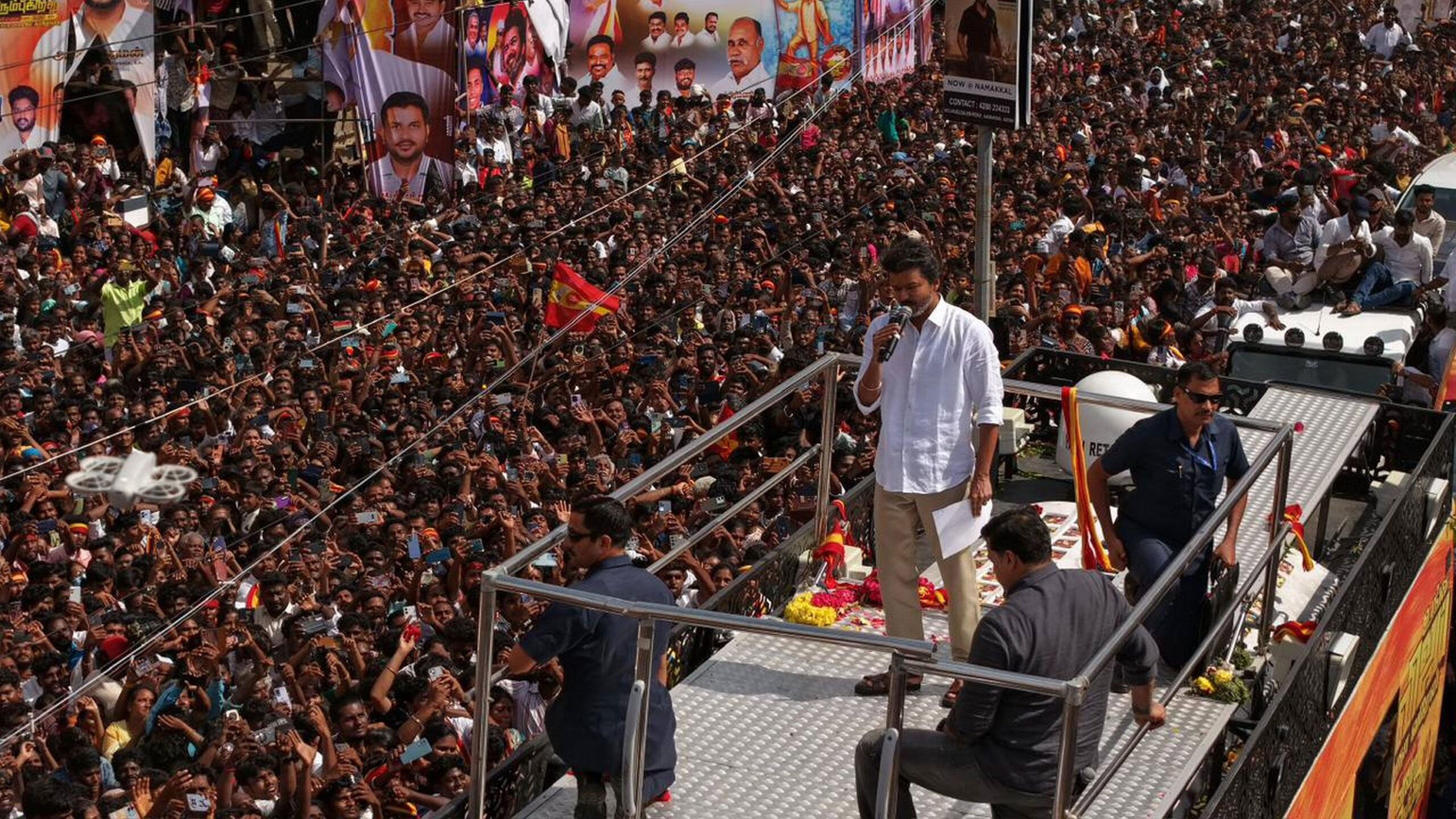
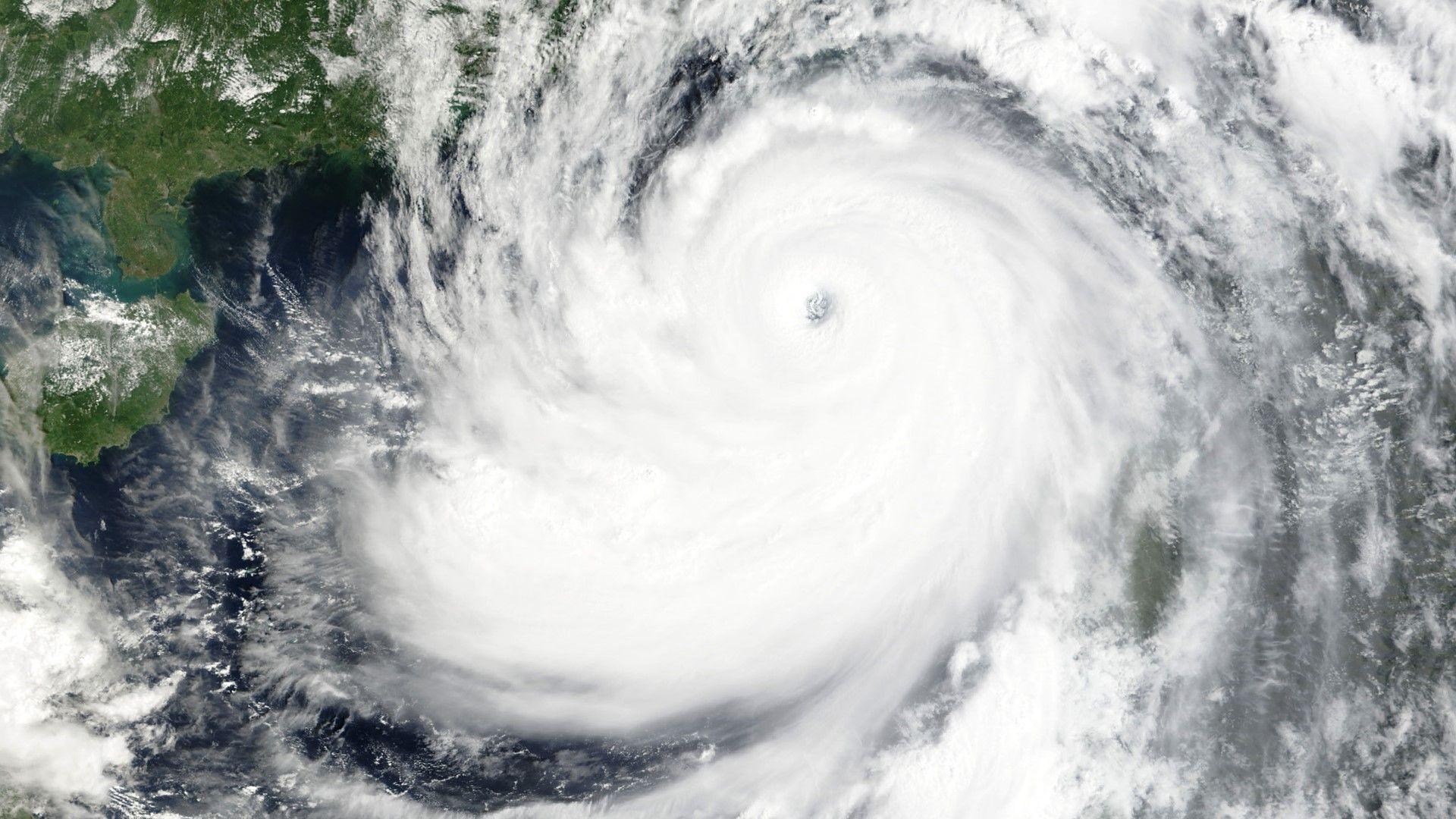










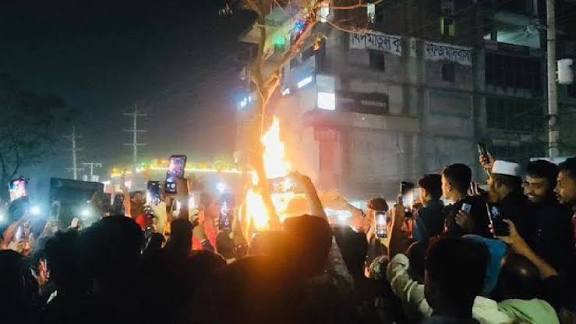
Leave a Reply